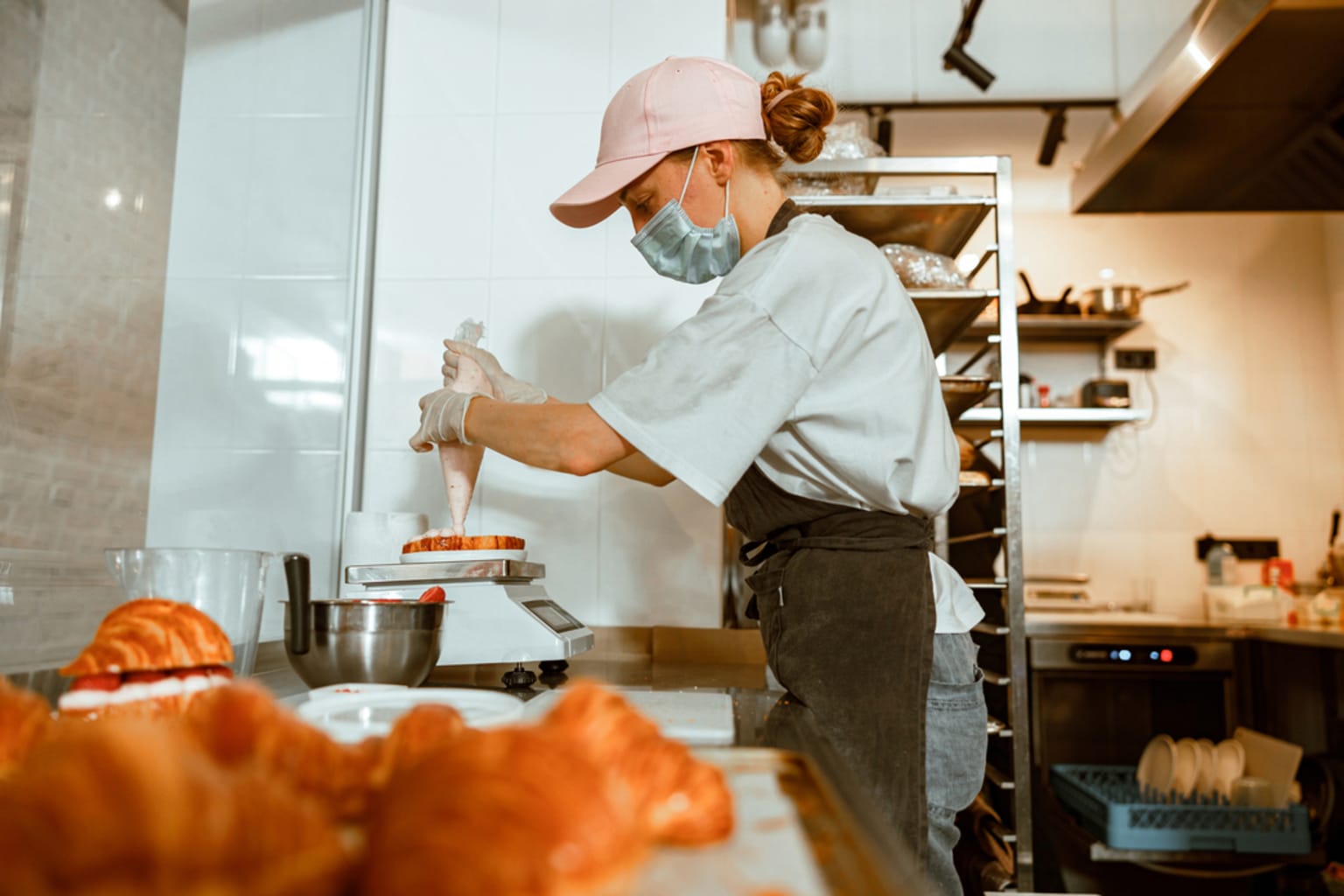
During the COVID-19 pandemic, the one common denominator amongst restaurants that are surviving is their ability to adapt. While your current menu may have been perfect before this crisis, customers buying preferences are changing, and your new menu needs to reflect those changes in buyer habits. People are keeping a closer eye on their food budgets, but they still need to feed their families and are dealing with shortages at their local grocery stores.
Adapt Menu Item Packaging Processes
If you’ve never offered delivery and takeout before chances are packaging, all of these meals that would typically be eaten in your dining hall is posing quite a challenge. Here are our tips for packaging menu items for carryout and delivery effectively:
- Keep hot food separate from cold items
o Temperature is equally important as taste when it comes to food. Even the most delicious and perfectly crafted meal falls flat when it’s too cold. Transporting cold and hot food items in separate containers help maintain correct temperatures. Keeping food at safe temperatures is essential for food safety reasons as well, which customers are taking more seriously due to the pandemic.
- Put the sauce on the side to avoid delivering soggy food
o No one wants their burger to arrive with a soggy bun, or having their sauce leak all over their meal. Avoid these common food delivery catastrophes by putting all sauces and liquids in a separate container.
- Use strong packaging that seals
o Different types of packaging are available for carryout and delivery meals, and depending on what you’re delivering, you may need to stock multiple types of packaging for meals. Styrofoam is a typical go-to, but it’s infamous for breaking open, being crushed, or leaking all over the car before the meal makes it home. Choose sturdy packaging that keeps fried foods crispy and steamed foods steaming hot.
- Invest in drink trays
o No one wants to figure out how to take four drinks home when they only have two drink holders in the front of their vehicle. Make it easy for customers to order drinks to go by offering drink trays.
- Make sure your food containers are the right size
o When your takeout containers are oversized, customers feel like their portions are smaller. You’ll also find that with too much room to slide around, ingredients start mixing, and meals arrive at your customer’s home a complete mess. Alternatively, if containers are too small and food is crammed into the food has a high chance of spilling out and leaking.
Add Meal Prep Kits to your Menu
With more people at home and trying to cook meals for their family than ever before, the need for meal prep kits is on the rise. Meal kit delivery businesses had a projected compound annual growth rate of 19.62% between 2017 and 2025, according to a report by Hexa Research published in 2019. Meal prep companies such as Blue Apron have seen a surge in demand and are hiring rapidly to try to keep up with demand, but some restaurants have found a way to serve meal prep delivery customers with their restaurants to keep revenue rolling in. See Lavu’s recent article and discover if your restaurant can benefit from offering meal prep services during the COVID-19 pandemic.
Let Customers Buy a Meal for Frontline Healthcare Workers
Partner with a local healthcare facility to provide meals to frontline healthcare workers and let your customers front the bill by donating meals directly from your menu while purchasing food for their own family. See Eater’s recent article on restaurants that are bridging the gap between healthcare workers in need of meals and restaurants who need to replace lost revenue.
Offer Food Staples as Grocery Stores Run Out of Stock
Union Loafers of St. Louis is purchasing locally sourced goods such as milk, jams, meats, and eggs, which their customers can purchase from their restaurant while grocery stores are low on stock of essential food items. By working with local farms to source their groceries, they are keeping farmers in business and provided the best quality food to their customers.
Muer, typically known for its fancy steak and seafood menu, is now selling grocery items and paper essentials like toilet paper and paper towels with their new groceries to-go menu. At Muer, customers can choose from these categories:
- Seafood
- Steaks and Specialty Meats
- Dairy
- Produce
- Grocery (flour, sugar, tortillas, pasta, rice, and more)
- Supplies
Consider modeling your own groceries to go menu after their template above, and incorporate your own specialty items into your new grocery delivery and curbside pick up menu.
Add Gift Cards to Your Online Menu
While your loyal customers want to support the restaurants they love, many of them do not want to risk any exposure by ordering from you at this time. While sales are low, consider adding gift cards to your online and in-store menus to give customers a way to support you now, without the need to receive an order right away.

